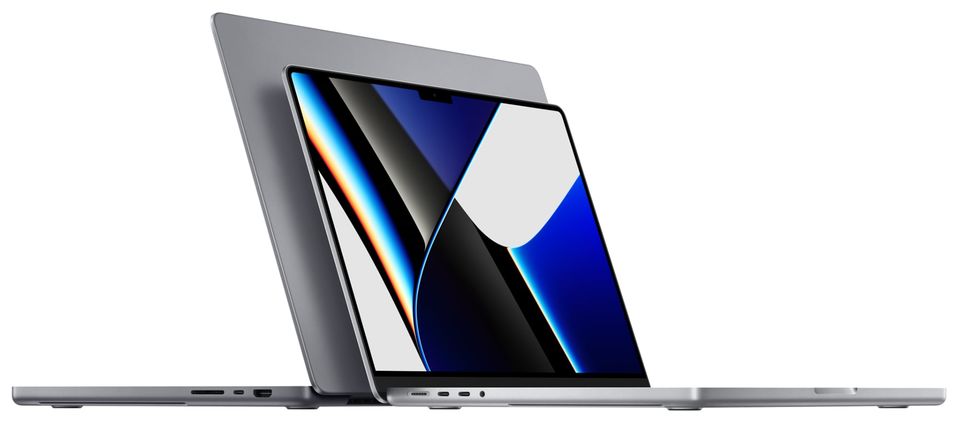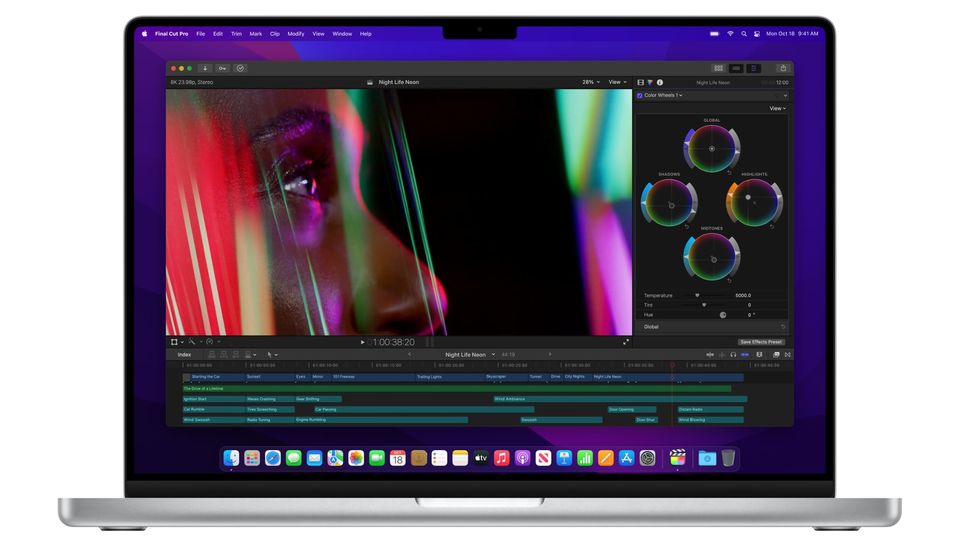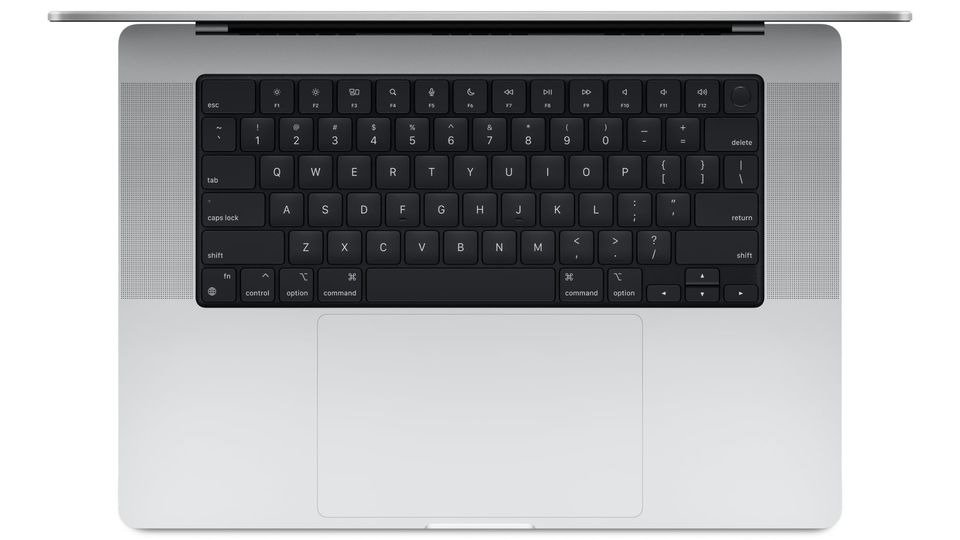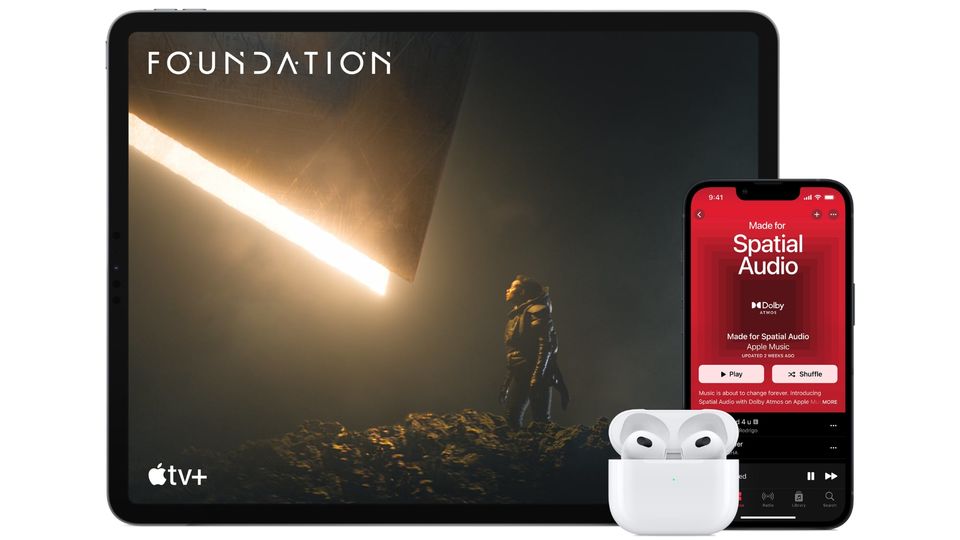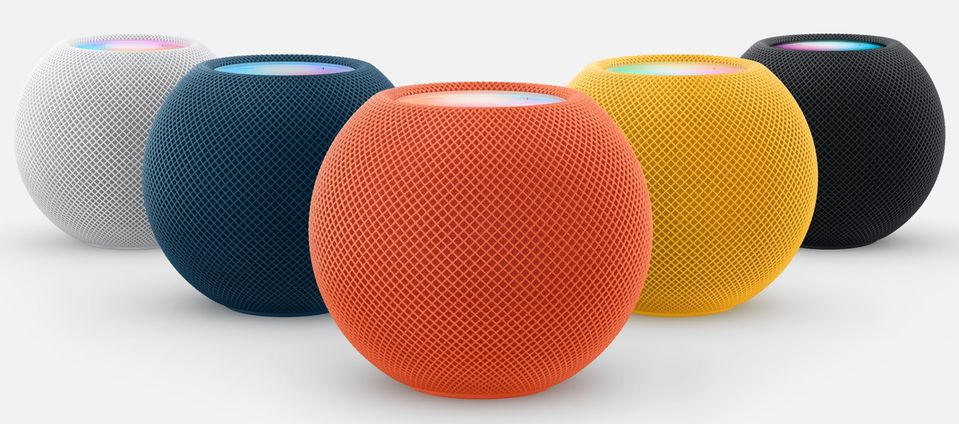New Apple MacBook Pro laptops power up with M1 Pro, Max chips
The bigger MacBooks pack supercharged M1 chips, more ports and longer battery life.
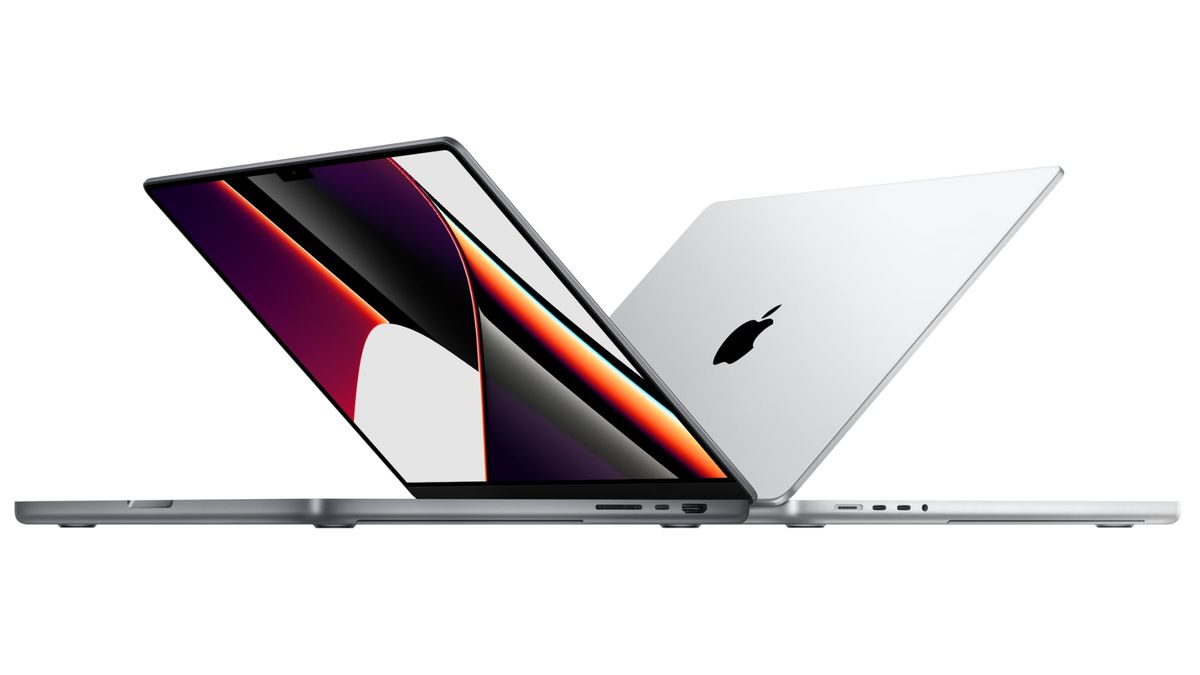
- Fresh 14in and 16 MacBook Pros land October 26
- Buyers can choose M1 Pro or M1 Mac silicon with 32-64GB RAM
- Battery life rated at 17-21 hours
Apple has taken the most aggressive step yet to strip Intel chips from its computers, announcing more powerful homegrown Mac processors alongside a total revamp of its MacBook Pro laptop computers.
The company showcased the chips at an event Monday (US time) called “Unleashed” that also included its latest audio products. The new components, called the M1 Pro and M1 Max chips, are 70% faster than its M1 predecessors, Apple said. It also unveiled a redesigned MacBook Pro, adding larger screens, MagSafe charging and better resolution.
With the new processors and devices, Apple is aiming squarely at the high-end chips that Intel has provided for the MacBook Pro and other top-end Macs for about 15 years.
Last year, Apple started transitioning its low-end Macs to its own M1 Apple Silicon chip. The new chips, however, are a bolder stroke, aiming at far outclassing Intel’s highest-performing products.
The chips include 10 total CPU cores – the components that handle processing – up from the eight in the M1 chip. The 10 cores are split into eight high-performance cores and two cores for tasks that require less energy, compared with four high-performance and four low-performance cores in the M1.
The M1 Pro supports 32GB of memory, while the M1 Max has up to 64GB – up from 8GB or 16GB offered with the M1.
Graphics grunt
The new chips are at the center of the most significant update to the MacBook Pro since 2016.
Apple is also upping the graphics performance for the M1 Pro and M1 Max, which come with 16 and 32 graphics cores, respectively.
That’s up from the seven or eight-core options offered with the M1 Macs. Graphics performance with the M1 Max is as much as four times faster than on the earlier M1 chip, while the M1 Pro is twice as fast, Apple said. It’s also 13 times faster than earlier Intel models.
The new models come in 14.2-inch and 16.2-inch screen sizes, and – like the latest iPad Pro – the displays use miniLED panels, technology that allows for improved color reproduction.
Both screens also have 24% thinner borders on the side and a 60% thinner border at the top thanks to a new display cutout or notch, like the one on an iPhone.
The displays also include ProMotion, a feature that allows the screen refresh rate to reach higher levels for a smoother overall experience. Apple added a similar feature to the iPhone 13 Pro and iPhone 13 Pro Max in September.
And the company is adding a 1080 progressive-scan video-chat camera, improving a component that users of earlier MacBook Pros have found subpar. The microphones and speakers were upgraded as well.
More ports return, Touch Bar departs
The new models have an updated, boxier look and lack the controversial Touch Bar, the touch-screen strip introduced with the 2016 redesign. Apple replaced the Touch Bar with a new circular fingerprint scanner and larger physical function keys.
Besides reversing that change from the prior version, Apple is restoring three ports that users missed after they were removed five years ago: the HDMI port, an SD card slot and MagSafe charging.
The HDMI connection makes it easier to tie the laptop to a TV or external monitor, while the SD card slot is a convenient offering for on-the-go photographers.
MagSafe, meanwhile, makes its return to the MacBook Pro after the feature was added to the iPhone 12 last year. It uses a magnetic charging adapter for the laptop. That means if the charging cord is tripped on, it will be yanked out – rather than sending the computer tumbling to the floor.
The new 16-inch model can reach up to 21 hours of battery life when watching video, while the smaller 14-inch model has 17 hours, Apple said. The products also support a new fast-charge feature, which can quickly juice the laptop’s battery to 50% from zero.
The new computers are now on sale and due to hit stores next week, starting at $2,999 for the 14-inch model and $3,749 for the 16-inch model.
Apple updated the low-end 13-inch MacBook Pro with an M1 chip last year, alongside similar updates to the MacBook Air and Mac mini. It revamped the iMac desktop with a new screen, different design and M1 chip earlier this year. Apple previously said it will complete its transition away from Intel in 2022.
Third-gen AirPods
Apple also upgraded its audio lineup, introduced the first overhaul of the entry-level AirPods since 2019, a new $5.99 music plan that only works through Siri and different colors for its HomePod mini speaker.
The new AirPods are the third generation of the original model and look similar to the AirPods Pro launched in 2019.
AirPods have quickly become one of Apple’s fastest-growing and most important accessory lines. Since the product’s introduction in 2016, Apple has dominated the wireless ear-bud market and has sparked competing devices from Samsung, Amazon. and Google. Last year, Apple launched pricey headphones under the AirPods brand.
At $279, the latest AirPods model includes a new audio driver and water resistance, but lacks features like noise cancellation that are part of the more-expensive version. Apple plans to keep selling the older entry-level AirPods at a lower $219 price.
The new version also includes a redesigned case with MagSafe wireless charging that comes standard – such functionality was previously a $40 upgrade – and it has a universal fit like the original AirPods and doesn’t require special ear tips like the AirPods Pro. The company has also upped battery life to six hours.
Alongside the new AirPods, Apple announced deeper Siri integration for Apple Music. A new feature includes playlists that are optimized for usage via Siri, Apple’s voice assistant. As part of that, the company launched a new $5.99 per month Apple Music plan that only works through Siri, and is half the price of the standard $11.99 a month subscription.
Apple also introduced blue, yellow and orange colors for the HomePod mini – joining the existing white and gray – available in November.
This article is published under license from Bloomberg Media: the original article can be viewed here
